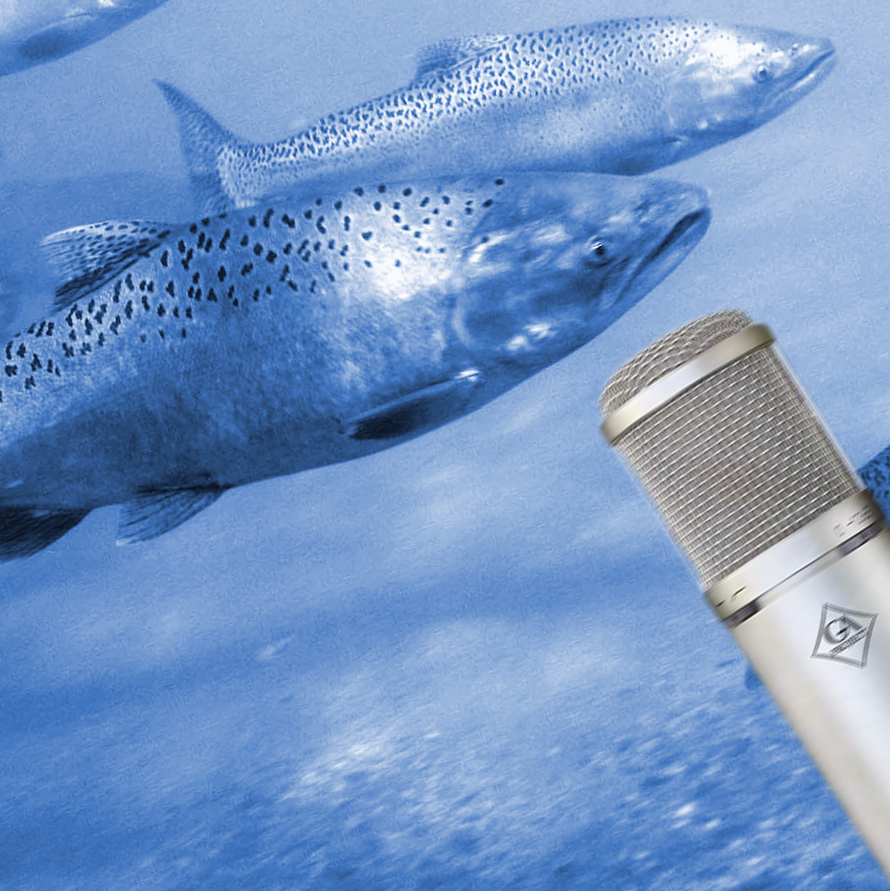Sea-sound database coming
 Australian researchers are archiving the orchestra of the ocean.
Australian researchers are archiving the orchestra of the ocean.
By assembling the first-ever global sea life audio collection, scientists aim to unveil unidentified swimming objects, monitor diversity, distribution and abundance of sea life.
Most of the 126 marine mammal species emit sounds, from the distinctive ‘thwop’, ‘muah’, and ‘boop’s of a humpback whale, to the ‘boing’ of a minke whale.
There is also evidence of audible tones produced by hundreds of invertebrates, and potentially thousands of fish species.
A team of 17 experts from nine countries is now gathering huge collections of aquatic life’s sounds onto a single platform. They are bringing together samples recorded on a range of technologies – from highly sophisticated ocean hydrophones and artificial intelligence learning systems to phone apps and underwater GoPros used by citizen scientists.
Using the acoustic properties of underwater soundscapes can characterise an ecosystem’s type and condition.
The experts say the Global Library of Underwater Biological Sounds, “GLUBS,” will underpin a novel non-invasive, affordable way for scientists to listen in on life in marine, brackish and freshwaters, monitor its changing diversity, distribution and abundance, and identify new species.
Many fish and aquatic invertebrate species are predominantly nocturnal or hard to find, making visual observations difficult or impossible.
However, underwater audio is now proving to be one of the most effective ways to monitor species in aquatic environments, and can potentially aid in more effective conservation management.
Besides making sounds for communication, many aquatic species produce ‘passive sounds’ while eating, swimming, and crawling - often less acoustically complex or distinct than active sounds but important contributions to an ecosystem’s tell-tale soundscape.
In recent studies, listening to the sea has revealed great whales swimming in unexpected places, new species and new sounds.
Meanwhile, comparing sounds from a single species across broad areas and times helps understand their diversity and evolution.
The experts say the citizen scientists could be of great help to the library by uploading the results of, for example, the River Listening app (www.riverlistening.com), which encourages the public to listen to and record fish sounds in rivers and coastal waters.
Low-cost hydrophones and recording systems (such as the Hydromoth) are increasingly available and waterproof recreational recording systems (such as GoPros) can also collect underwater biological sounds.
The library would help standardise the format in which sounds are reported.
“A library to archive unknown sounds and their recording times and locations will be crucial for guiding future studies of marine bioacoustics and biodiversity,” the scientists say.
“This is especially important in areas that are rarely investigated or where source identification is particularly problematic, such as the twilight and midnight zones, where a description of unknown sounds can give us insights on biodiversity in the deep ocean.”
“The changing environment and decreasing biodiversity are compelling the documentation of baseline acoustic observations.
“Concurrently, awareness of the importance of acoustic cues to aquatic fauna, the impacts of noise on them and the potential for acoustic communities to provide an indication of ecosystem health has reached a stage where [audio monitoring] is becoming appreciated as a mainstream data source across more species and ecosystems than ever.”
“Finally, public interest and access to user applications means citizen scientists can drive widespread knowledge sharing.
“Now is the time to facilitate that progress by gathering the acoustic, ecological, and bioinformatic community together to realise an aquatic-sounds sharing platform.”
The database should be available to the public soon.








 Print
Print